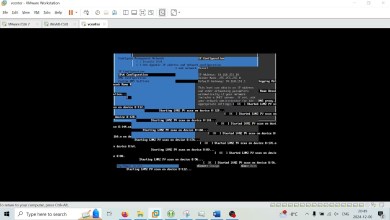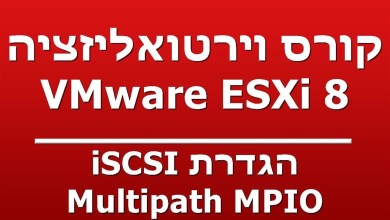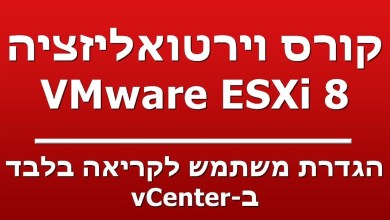Virtual machines in operating systems (CMP)
Virtual machines (VMs) play a crucial role in modern operating systems and computing environments. They allow multiple operating systems to run concurrently on a single physical machine, leveraging resources more efficiently. Here’s an overview of key concepts related to virtual machines in the context of operating systems:
### What is a Virtual Machine?
A virtual machine is an emulation of a physical computer that runs an operating system and applications just like a physical machine. VMs are managed by a hypervisor, which abstracts the hardware and allocates resources to each VM.
### Types of Hypervisors
1. **Type 1 (Bare-metal Hypervisors)**: These run directly on the host’s hardware and do not require a host operating system. Examples include VMware ESXi, Microsoft Hyper-V, and Xen.
2. **Type 2 (Hosted Hypervisors)**: These run on top of a conventional operating system. Examples include VMware Workstation, Oracle VirtualBox, and Parallels.
### Benefits of Virtual Machines
– **Isolation**: Each VM is isolated from others, reducing the risk of one VM affecting another.
– **Resource Utilization**: VMs allow for better utilization of hardware resources by consolidating multiple workloads on a single server.
– **Scalability**: Easily scale resources up or down by adding or removing VMs as needed.
– **Testing and Development**: Developers can create VMs to test software in different environments without impacting the host system.
– **Disaster Recovery**: VMs can be easily backed up and restored, enhancing recovery options.
### Key Concepts
– **Virtualization**: The process of creating virtual versions of physical hardware components (CPU, memory, storage).
– **Snapshots**: A point-in-time capture of a VM’s state, which can be used for backup or testing changes without risk.
– **Cloning**: Creating an exact copy of a VM for scaling or testing purposes.
– **Resource Allocation**: Hypervisors manage CPU, memory, and I/O resources among VMs to ensure performance and efficiency.
### Challenges
– **Overhead**: Running VMs introduces some performance overhead compared to running directly on physical hardware.
– **Complexity**: Managing multiple VMs and ensuring proper resource allocation can be complex.
– **Security**: While VMs offer isolation, vulnerabilities can still arise from misconfigurations or hypervisor exploits.
### Use Cases
– **Server Consolidation**: Reducing hardware costs by running multiple servers on a single physical machine.
– **Development and Testing**: Developers can quickly spin up environments to test applications in different OS settings.
– **Cloud Computing**: VMs are fundamental in cloud infrastructure, allowing for flexible resource allocation and multi-tenancy.
### Conclusion
Virtual machines are a powerful tool in operating systems, providing flexibility, efficiency, and isolation. As technology advances, they continue to play a critical role in IT infrastructure, supporting a wide range of applications from development to cloud computing.
[ad_2]
source



